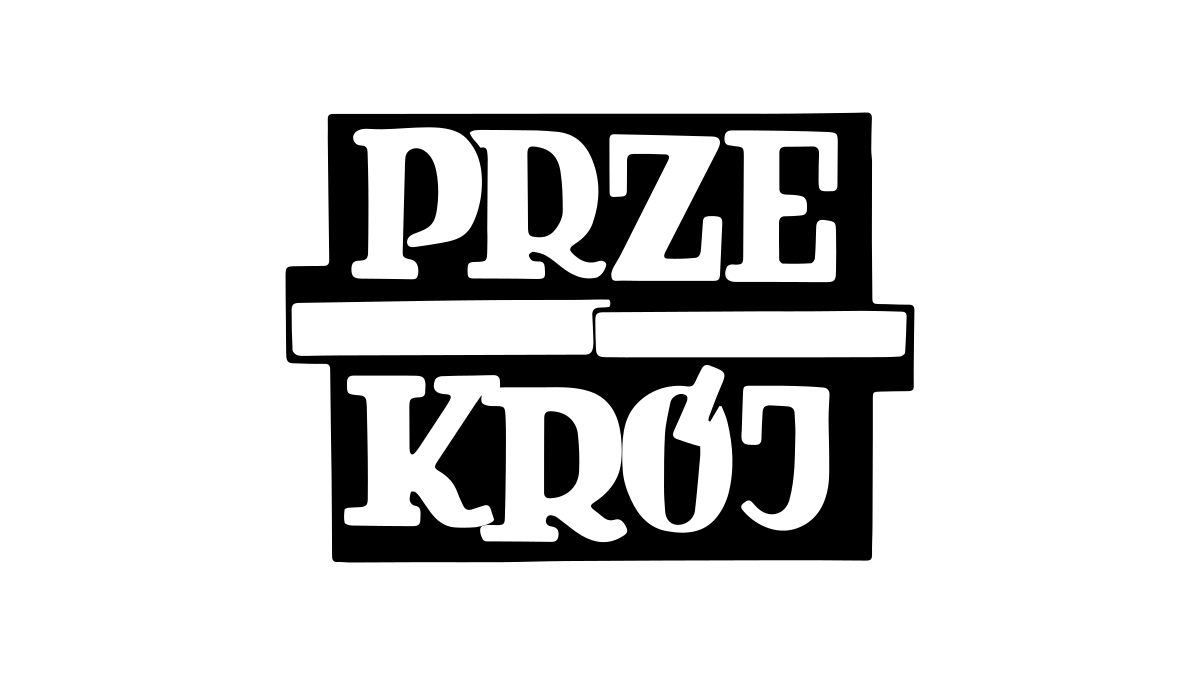
A child is the property of adults. This fundamental belief doesn’t make it easy to treat children as subjects, rather than objects.
We live in a culture that doesn’t support caring for children’s interests, or for relationships of free will among people in general. I’m in a different situation from most people who recently watched the Sekielski brothers’ film about paedophilia in the Roman Catholic Church, or the one about Michael Jackson and his victims. I’ve been encountering such stories for a long time: I’ve worked with children and parents for years; I was a psychologist in an orphanage




